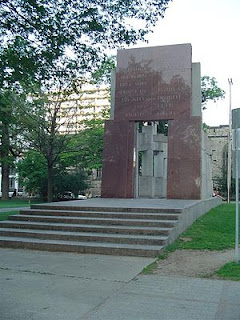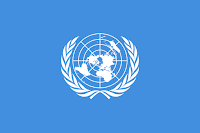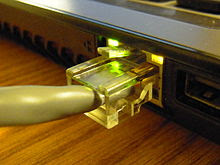This is a change compared to the earlier message that users would encounter on the blocked URLs in India. The earlier message would read that the URL has been blocked at the direction of DoT. Of late, however, the government bodies were not only experimenting in how to implement the blocks but were also trying to figure what message to show to users. Recently, the blocked URLs also gave out not reachable error without specifying any message.
1.After the fall of Kickass torrents, PirateBay remains the last standing source of torrents. However, entering its URL http://thepiratebay.org returns a following message:
2. The first workaround is incredibly simple. All you have to do here is replace http:// in the URL to https://. Once the secured connection is established, you can access ThePirateBay.org.
2. The first workaround is incredibly simple. All you have to do here is replace http:// in the URL to https://. Once the secured connection is established, you can access ThePirateBay.org.
all it the new Digital India. The Indian government, with the help of internet service providers, and presumably under directives of court, has banned thousands of websites and URLs in the last five odd years. But until now if you somehow visited these "blocked URLs" all was fine. However, now if you try to visit such URLs and view the information, you may get three-year jail sentence as well as invite a fine of Rs 3 lakh.
This is just for viewing a torrent file, or downloading a file from a host that may have been banned in India, or even for viewing an image on a file host like Imagebam. You don't have to download a torrent file, and then the actual videos or other files, which might have copyright. Just accessing information under a blocked URL will land you in jail and leave your bank account poorer by Rs 3 lakh.
If you visit such a URL, you will be shown the following warning.
"This URL has been blocked under the instructions of the Competent Government Authority or in compliance with the orders of a Court of competent jurisdiction. Viewing, downloading, exhibiting or duplicating an illicit copy of the contents under this URL is punishable as an offence under the laws of India, including but not limited to under Sections 63, 63-A, 65 and 65-A of the Copyright Act, 1957 which prescribe imprisonment for 3 years and also fine of upto Rs. 3,00,000/-. Any person aggrieved by any such blocking of this URL may contact at urlblock@tatacommunications.com who will, within 48 hours, provide you the details of relevant proceedings under which you can approach the relevant High Court or Authority for redressal of your grievance"




